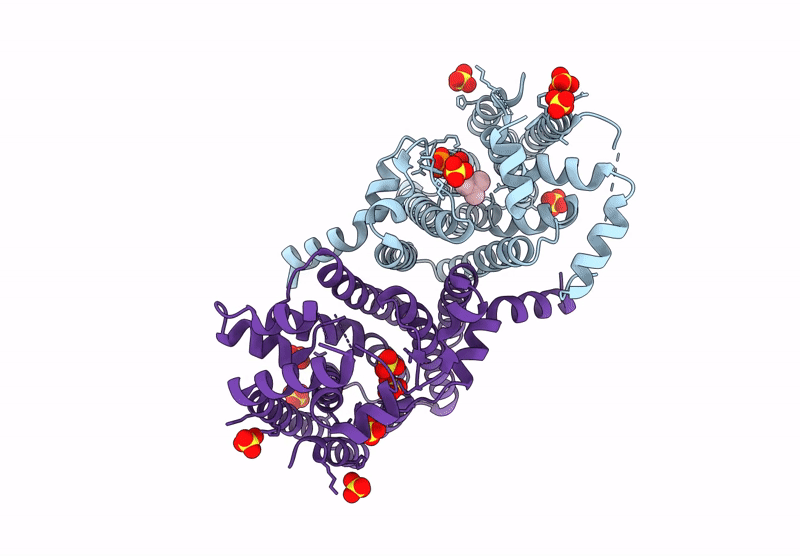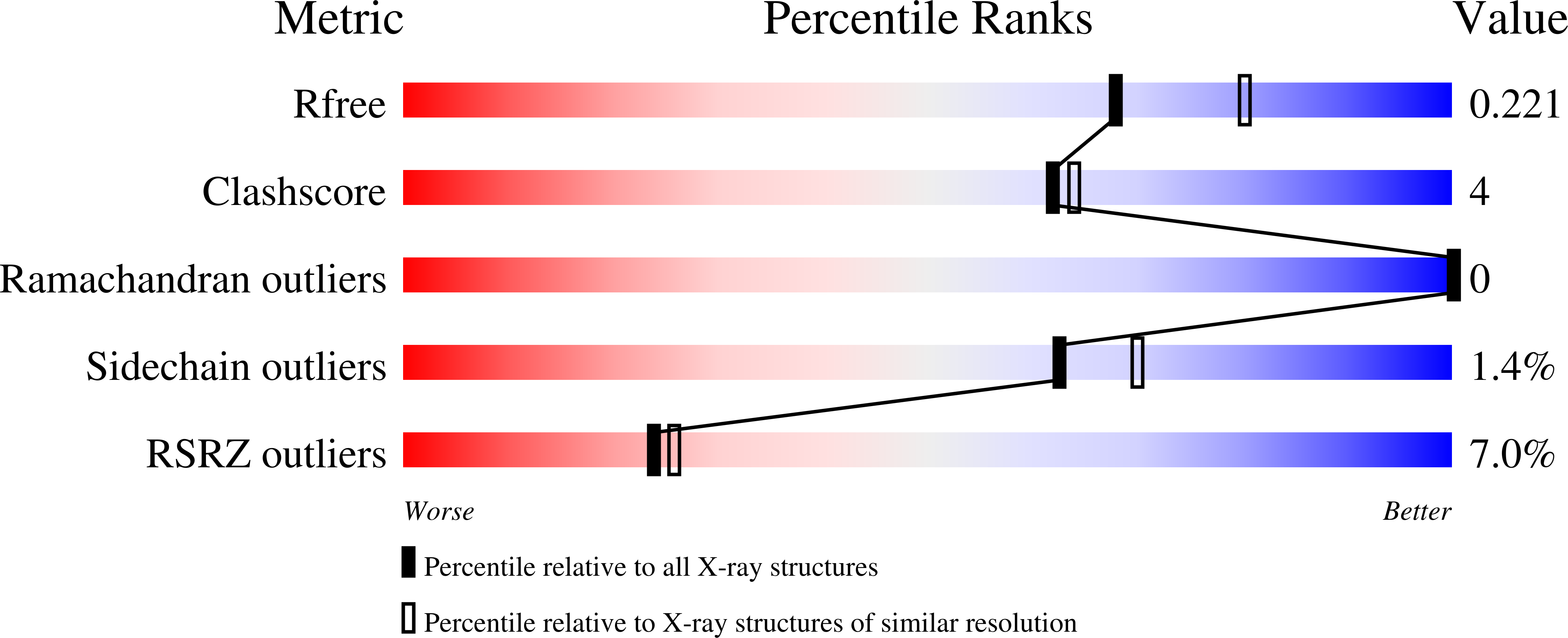
Deposition Date
2024-07-24
Release Date
2025-01-29
Last Version Date
2025-01-29
Entry Detail
PDB ID:
9CSL
Keywords:
Title:
Structure of mutant human geranylgeranyl pyrophosphate synthase (Y246D-C247L) in complex with isopentenyl pyrophosphate
Biological Source:
Source Organism:
Homo sapiens (Taxon ID: 9606)
Host Organism:
Method Details:
Experimental Method:
Resolution:
2.10 Å
R-Value Free:
0.21
R-Value Work:
0.17
R-Value Observed:
0.18
Space Group:
P 6 2 2


